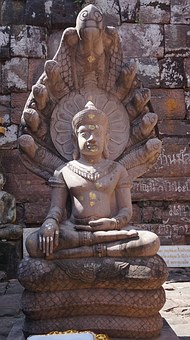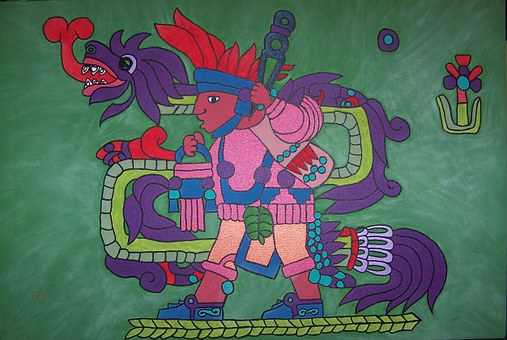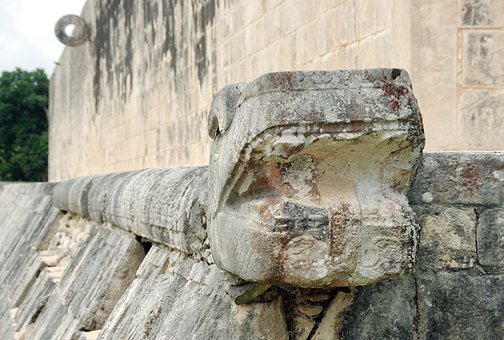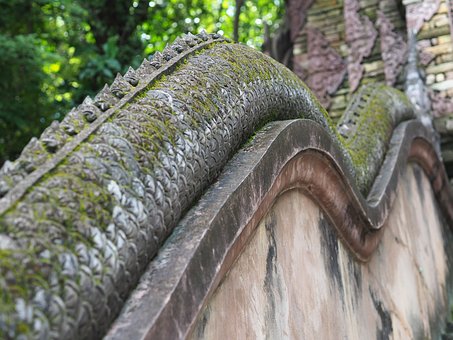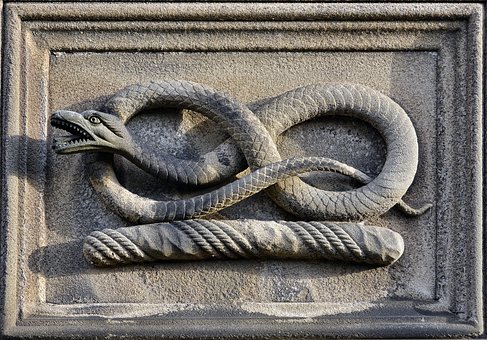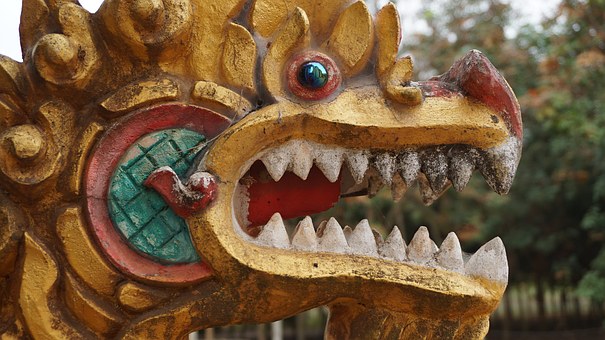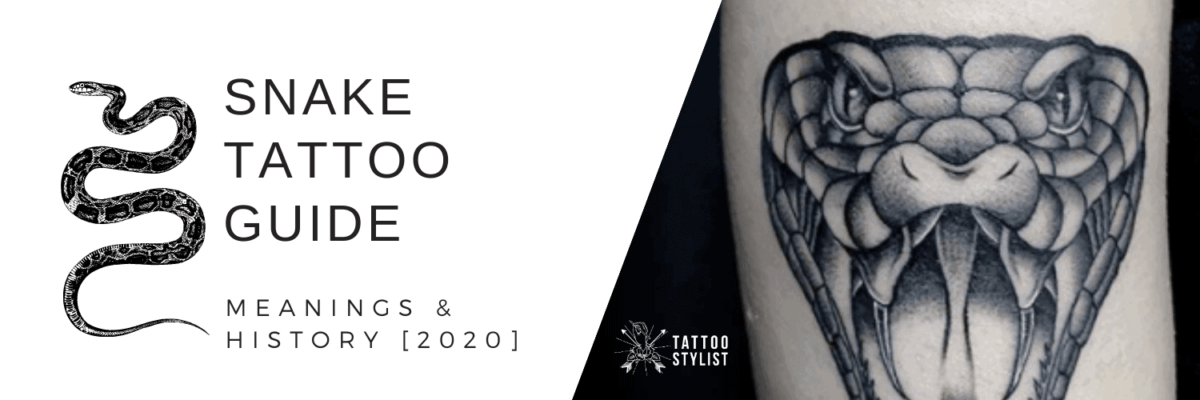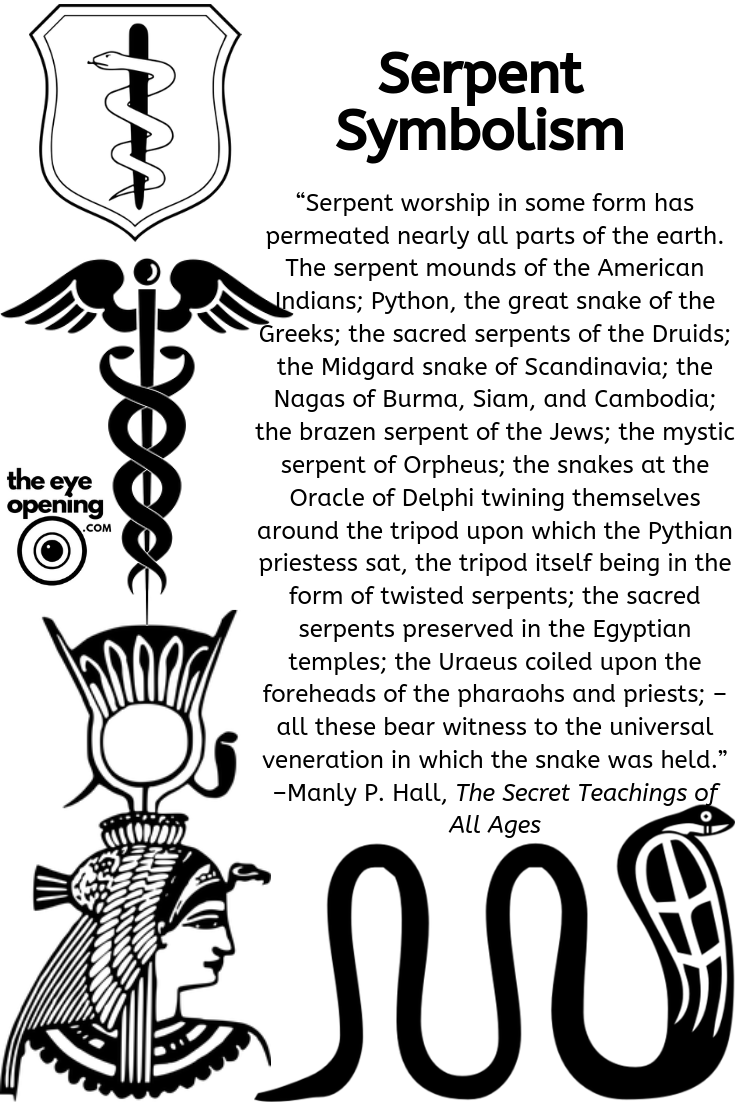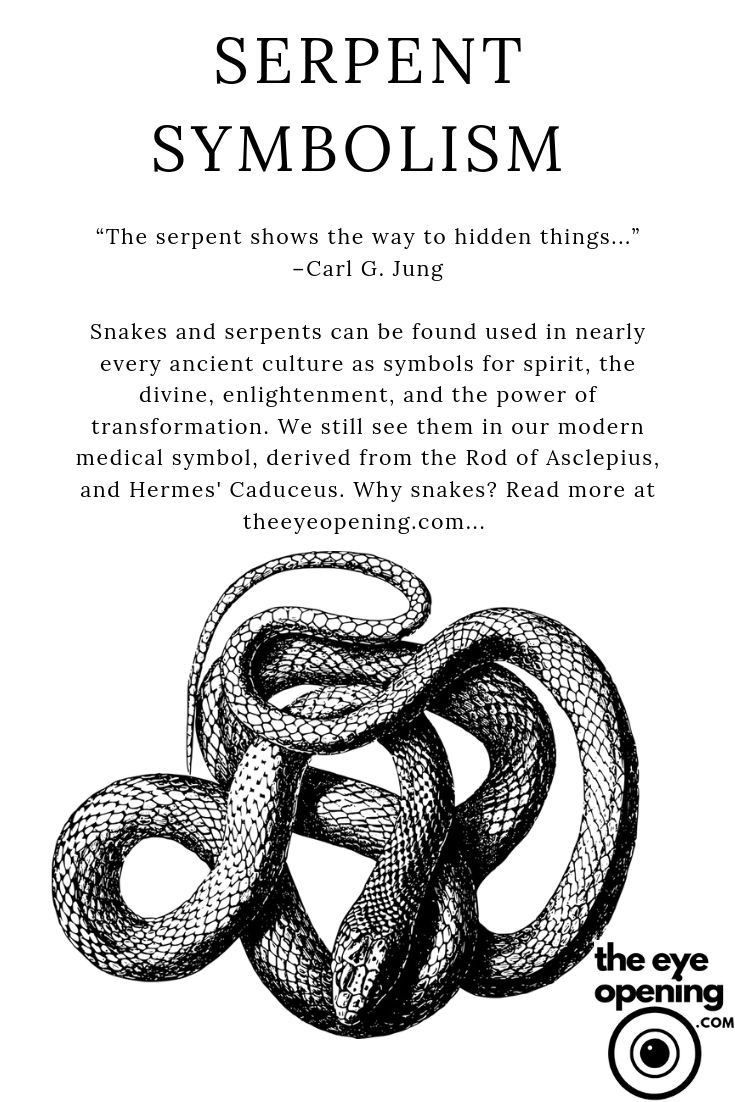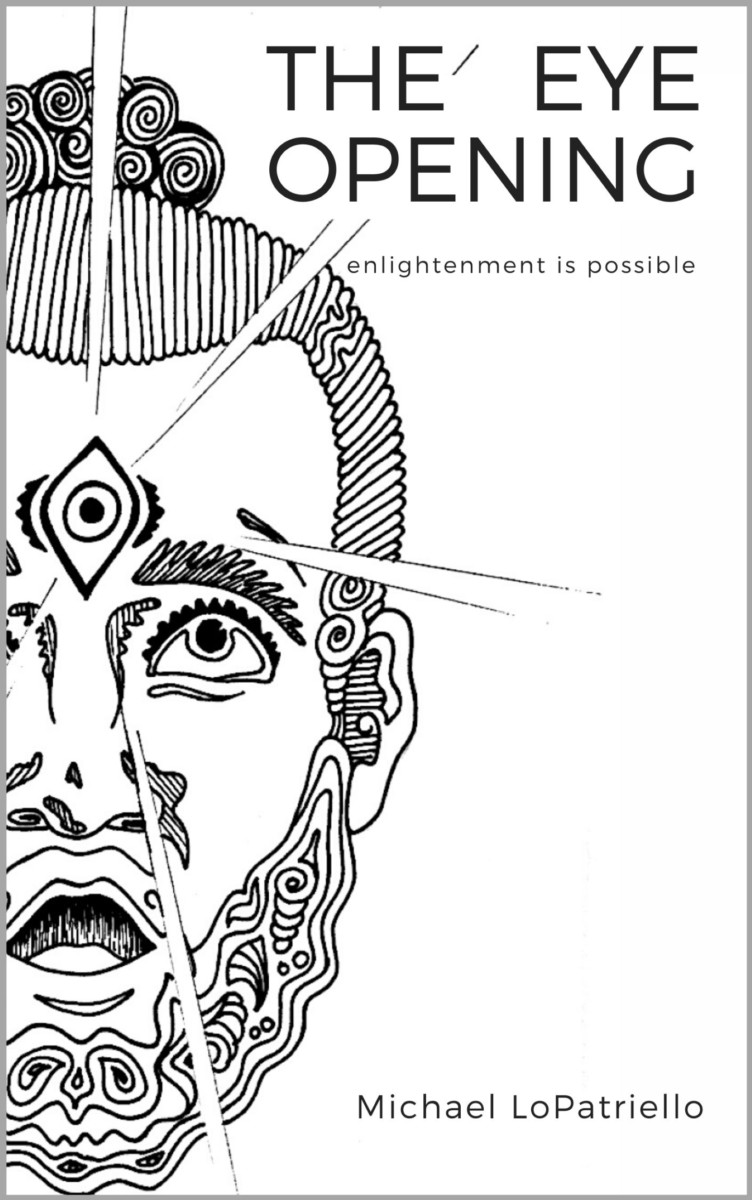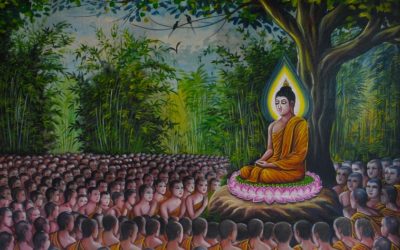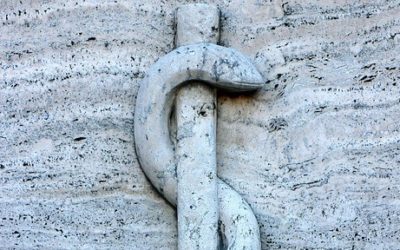The Snake: a Symbol for Spirit
Snake worship and imagery were commonplace in almost every ancient culture around the world.
“Ophiolatreia, the worship of the serpent … is one of the most remarkable … forms of religion the world has ever known. There is hardly a country of the ancient world where it cannot be traced, pervading every known system of mythology … Babylon, Persia, Hinduostan, Ceylon, China, Japan, Burma, Java, Arabia, Syria, Asia, Minor, Egypt, Ethiopia, Greece, Italy, Northern and Western Europe, Mexico, Peru, and America.”
-Hargrave Jennings, Ophiolatreia
Mike LoPatriello
Writer
Ever since a sudden and brief opening of his third eye, Mike has searched for answers. He wrote his book The Eye Opening to share spiritual wisdom, tools, and his own profound and momentary experience of enlightenment. Read more here.
“Serpent worship in some form has permeated nearly all parts of the earth. The serpent mounds of the American Indians; Python, the great snake of the Greeks; the sacred serpents of the Druids; the Midgard snake of Scandinavia; the Nagas of Burma, Siam, and Cambodia; the brazen serpent of the Jews; the mystic serpent of Orpheus; the snakes at the Oracle of Delphi twining themselves around the tripod upon which the Pythian priestess sat, the tripod itself being in the form of twisted serpents; the sacred serpents preserved in the Egyptian temples; the Uraeus coiled upon the foreheads of the pharaohs and priests; –all these bear witness to the universal veneration in which the snake was held.”
-Manly P. Hall, The Secret Teachings of All Ages
“The Rainbow was associated with a cosmic serpent in African, Indian, Asian, and Australian traditions—the snake itself is a major symbol of axial and ascensional powers. It appears nearly everywhere as a magico-religious link between the underworld and earth, and in imagery is sometimes given celestial symbolism by the addition of wings or feathers. The most notable example of this is the Aztec god Quetzalcoatl, a plumed serpent.”
-Jack Tresidder, 1,001 Symbols
“In pre-Columbian America the most notable symbol was the serpent. The Olmecs associated womanhood with the Serpent’s mouth. … They considered it the most sacred place on earth, a place of refuge, the creative womb from which all things were born and to which all things returned. Snake people had holes, entrances to the body of the Earth Serpent; they followed the Serpent’s way, identified with the Serpent deity, with the mouth, both the eater and the eaten. The destiny of humankind is to be devoured by the Serpent.”
-Gloria Anzaldua, Borderlands La Frontera
“The serpent is a symbol found everywhere in the Greek archaic religious record as well as the Egyptian. The depiction of the snake refers to ‘earth energy’ or, in the words of John Chang, ‘yin power’ (yin chi rising from the earth). Certain researchers have purposed the theory that the chakras of Eastern mysticism are no more than a network of ‘standing waves’ in the field of yin energy that surrounds and pervades us. … All the images [of snake coiling up] refer to the ascension of earth energy.”
-Kosta Danaos, The Magus of Java
“All of the Logoi of all the ancient religious systems are connected with, and symbolized by, serpents. … It was the emblem of the resurrection of Nature, as also of Christ with the Ophites, and of Jehovah as the brazen serpent healing those who looked at him; the serpent being an emblem of Christ with the Templars also. … The symbol of Knouph… ‘is represented amoung other forms under that of a huge serpent on human legs; this reptile, being under the emblem of the good genius and the veritable Agathodaemon.’”
-H.P. Blavatsky, The Secret Doctrine
“In the Hermetic Asclepian temples, healing was always performed while the healers were surrounded by serpents. In all mythological language, the snake is an emblem of immortality. The shedding of its skin makes the serpent a symbol for rebirth and renewal in all cultures. … The ancient Rishis in India were said to gain knowledge from the Nagas, which are huge serpents. Buddha himself was taught and protected by a Naga. Quetzalcoatl, a winged serpent, imparted knowledge to the ancient Aztecs. Egypt especially is flooded with depictions of winged serpents. In the Hieroglyphic language, the symbol for Thoth and Hermes takes the form of a staff, a caduceus, made up of two intertwined serpents. In Egypt, the serpent permeated nearly all facets of divinity.”
-Maja D’aoust and Adam Parfrey, The Secret Source
“Among the Aboriginals of Australia, the most widespread of mythic beliefs has to do with a gigantic rainbow serpent. … He (sometimes she) is also the source of magical quartz crystals known as Kimba from which the medicine man derives his own power.”
-Balaji Munkdar, The Cult of the Serpent
Check out this fascinating and in-depth article about snake symbolism:
Snake Tatoo Guide for 2020 with all Symbols and Meanings in One Place
What’s the deal? Why snakes? They appeared in my visions, then I found that they appear everywhere in ancient spiritual belief systems.
I believe a possible answer lies in what I eventually came across while exploring snake imagery used in spirituality: Kundalini Yoga…
The Eye Opening shares the author’s profound, personal experience of the sudden opening of his third eye and how it forever changed his life. This book inspires the reader to seek out an experience of their union with the universe in their own heart and provides tools to do so.
Not only is it a testimony of what is possible and what humans’ highest spiritual potential is, but it is also a book of quotes, revealing 9 spiritual themes that the majority of the world's religious, spiritual, and channeled texts share.
Join the author on his quest for spiritual awakening, as he receives visions, connects ancient methods for attaining self-realization, compares advice from masters, investigates Kundalini Yoga, and shares the path he took that led to his eye-opening glimpse of enlightenment.
Other Articles
5 Ways to Quickly Change Your Mood and Raise your Vibration
Feeling down? Here are 5 easy, effective, and fast methods to help you raise your vibration and move you into a happier state of being.
The Heart is the Door to Enlightenment
Within the heart lies our intimate connection with our Creator. Listening to it, and operating from it, are paramount if we want to reach self-realization.
What is Enlightenment?
The word “enlightenment” gets thrown around a lot these days. Here is a simple definition of it.
Kundalini Yoga: An Ancient Method to Reach Enlightenment
Kundalini Yoga goes way back. It is a step by step guide for enlightenment. Here are the basics of this ancient system of self-realization.

